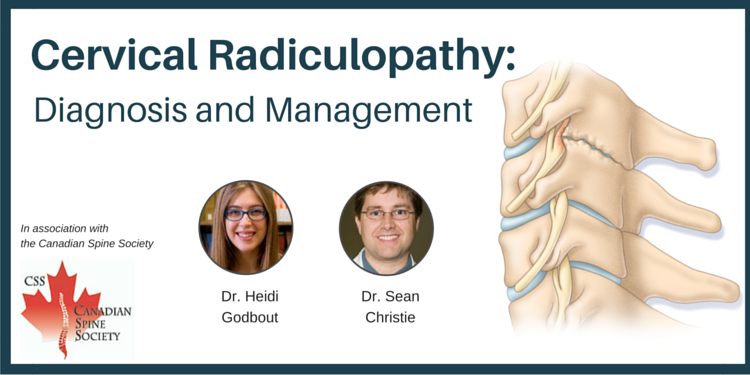The neurological exam is arguably the highest yield examination in all of medicine. It certainly is the most elegant part of the physical examination, and watching an experienced neurologist perform an examination can be a thing of beauty. Despite this, my long experience as a teacher suggests that for internists and family physicians the neurological exam is the most feared and probably most poorly executed aspect of the physical examination. I think there are many reasons for this, including the fact that in training we spend less time learning about neurology than, for example, cardiology. As well, an informed neurological exam depends on having a reasonable knowledge of neuroanatomy. For many of us that knowledge seems to steadily erode over the years. In a generalist practice, we almost always examine the lungs and heart of sick patients, but not always the neurological system, so there is less practice. As well, older patients often have multiple neurological findings, and it is hard to separate the background conditions from the important findings.
This is my long-winded explanation of why periodic updates in neurology are of value for most practitioners, and we hope that you will find this primer on neurology helpful. When I mentioned that watching a neurological exam can be a thing of beauty, I was particularly thinking of the author of this month’s CME article, “The Role of the Neurologic Examination in the Diagnosis and Categorization of Dementia.” Dr. John Wherrett is one of Canada’s most accomplished neurologists, and has excelled at one point or another in every area of neurology. New information on the significance and prognosis of essential tremor has recently become available, so the article on “Approach to Tremor in Older Adults” by Dr. Joel Hurwitz is of particular importance. Parkinson’s disease is extremely common among older adults, making the article “An Update on the Management of Parkinson’s Disease” by Drs. Shen-Yang Lim and Susan Fox particularly helpful to those of us who care for older adults. Our Dementia column fits in well with our focus this month, namely “Mild Cognitive Impairment: What Is It and Where Does It Lead?” by Lesley J. Ritchie and Dr. Holly Tuokko.
Our Cardiovascular Disease column this month by Dr. Christian Werner and Dr. Michael Böhm asks a very topical question: “Is Dual Blockade Most Effective for CHF? When to Use ARB and ACE Inhibitors Together”. Our Nutrition column will be of benefit for those who counsel both younger and older patients on diet. It is entitled “Nutritional Guidelines in Canada and the US: Differences between Younger and Older Adults” by Joan Pleuss. And this month’s Case Study is on the topic of “Dysphagia among Older Adults” by Dr. Amira Rana, Anselmo Mendez, and Dr. Shabbir Alibhai.
Enjoy this issue,
Barry Goldlist

